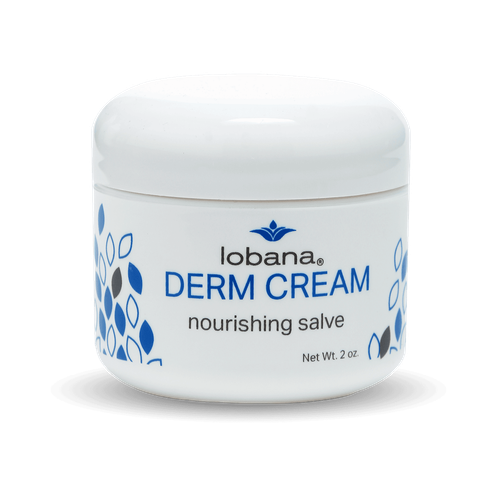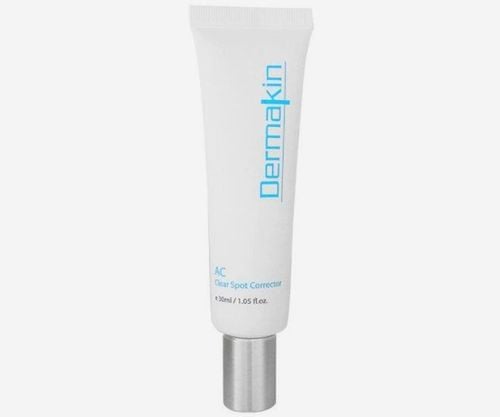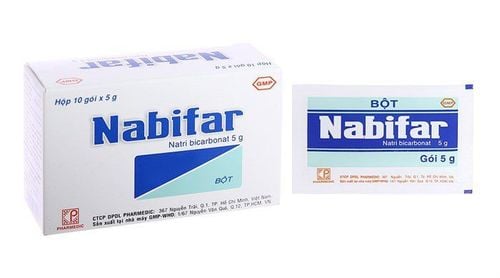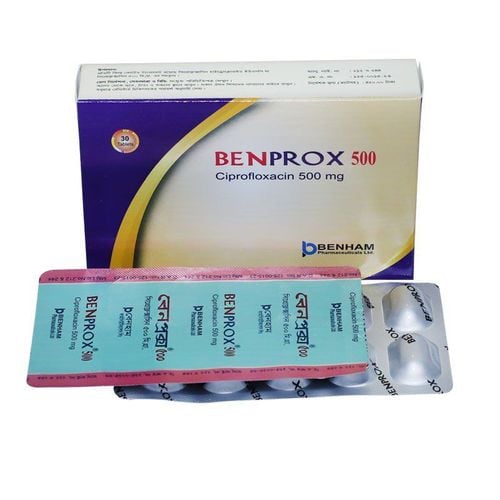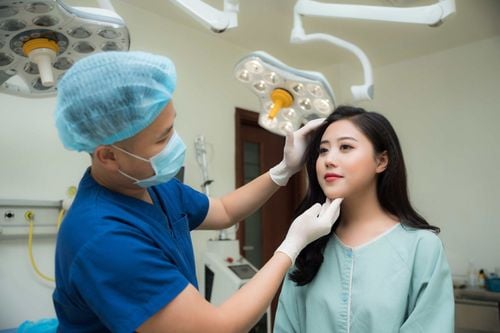This is an automatically translated article.
Skin infection with corticosteroids is one of the common skin diseases caused by many causes. Depending on the severity of the skin infection with corticosteroids, the treatment will be different. If mild, skin corticosteroids can be treated at home. But if it is severe, you may need to be treated at specialized dermatology facilities.
1. What is corticosteroid skin infection and why is it infected?
Corticosteroid skin infection, also known as corticosteroid dermatitis, is a condition of damage when corticosteroids have accumulated on the skin for a long time. This inflammatory skin condition makes the skin barrier no longer, the blood vessels under the skin dilate, causing congestion, red skin, many small white pimples appear.
More severe, corticosteroid dermatitis also causes rash, burning pain, itching, stinging sensation, very uncomfortable heat, peeling skin. When the skin is exposed to severe corticosteroids, the condition can appear anywhere on the body.
There are 2 main causes of corticoid condition causing dermatitis: using cosmetics containing corticoid of unknown origin and arbitrarily or abuse of dermatological treatment drugs containing corticosteroids without a doctor's prescription. doctor for a long time.
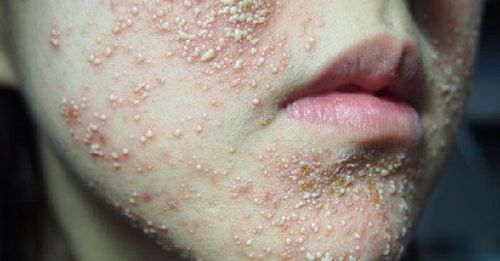
Da nhiễm corticoid với các mụn nhỏ màu trắng xuất hiện
2. Treatment of skin with corticosteroids
Depending on how severe or mild the skin is infected with corticosteroids, the treatment will be different. For mild cases, your doctor will first ask you to stop using cosmetics to determine which ones contain corticosteroids that cause inflammation, then you need to give up using this product. Next, the patient is prescribed medication to treat skin with mild corticosteroids and instructions on how to take care of the skin to restore the skin.
For the severity, depending on the degree of corticosteroid infection due to time and dose of weakening the skin, the doctor will use the appropriate treatment method, because in some severe cases the skin may have been infected. , very severe necrosis.
Unlike mild corticosteroid-infected skin, treatment of corticosteroid-induced dermatitis when it is severe cannot be stopped suddenly, because it may cause the skin to react more strongly. Therefore, it is necessary to reduce the frequency of application first, and then gradually reduce the dose of corticosteroids on the skin so that the skin can slowly adapt until the skin lesions are milder.
In addition, there are now many very modern ways to treat skin infected with corticosteroids, combining both the care and recovery of skin lesions from the inside out, which can be mentioned as:
Using needle roller technology and Peeling: This technique is suitable for acne-causing corticosteroid-infected skin. Depending on the severity of the infection, a dermatologist will recommend an appropriate course of treatment. Using biological light technology: This technique uses light with wavelengths and high technology to kill bacteria that have penetrated causing acne on the skin, and at the same time, helps the skin to recover quickly by limiting its ability to function properly. action of the sebaceous glands. This is also a suitable method to treat acne caused by corticosteroid-infected skin, indicated by dermatologists. Use prescription drugs as prescribed by your doctor: In addition to topical drugs, corticosteroid skin treatment can be combined with antibiotics and anti-inflammatory drugs to reduce inflammation, rashes, and pimples on the skin. Using herbs: Some herbs have the effect of clearing heat, detoxifying, anti-inflammatory and nourishing blood, and have the ability to eliminate toxins on the skin and restore the skin. Usually, the use of herbs has the effect of taking care of the skin from the inside.
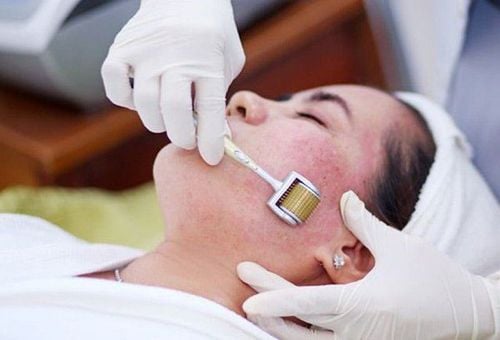
Điều trị da nhiễm corticoid bằng công nghệ lăn kim và lột da
3. Corticosteroid skin care
In addition to treatment, the care of skin infected with corticosteroids also needs to be taken care of and done carefully to quickly restore the skin and limit the damage on the skin. Specifically:
Every day, it is necessary to pay attention to clean the skin with clean water or some less irritating products, to help gently clean the skin. When choosing hair and skin care products contaminated with corticosteroids, it is necessary to avoid products that contain some chemicals such as camphor, menthol, sodium because they have the potential to cause itching, dryness, burning, and peeling of the skin. In that case, use should be discontinued immediately. In addition, do not use cosmetic chemicals to close pores, rose water, peeling cosmetics. It is also necessary to limit the use of makeup to prevent cosmetic contact with the skin. Instead, choose mild, fragrance-free skin care products. Avoid frequently touching the inflamed skin with your hands or rubbing it vigorously. Limit exposure to corticosteroid-infected skin to external factors such as hot sun, dust, ... causing irritation. Cover your skin and wear protective clothing when outdoors. Sunscreens with SPFs above 30 can be used, which do not contain some ingredients such as zinc oxide and fragrances. Avoid letting stress cause acne breakouts because it will make the skin rash caused by corticosteroids worse. Some current medications such as migraine medicines, antidepressants, cardiovascular drugs, ... can make dermatitis caused by corticosteroids worse, so it is necessary to consult a doctor about changing medications. . Avoid stopping taking it on your own without consulting your doctor. If the skin is infected with corticosteroids, if left untreated for a long time, it can cause severe dermatitis, causing serious skin damage. Therefore, when the skin shows signs of corticosteroid infection, the patient should see a dermatologist for advice and appropriate treatment.
Please dial HOTLINE for more information or register for an appointment HERE. Download MyVinmec app to make appointments faster and to manage your bookings easily.




